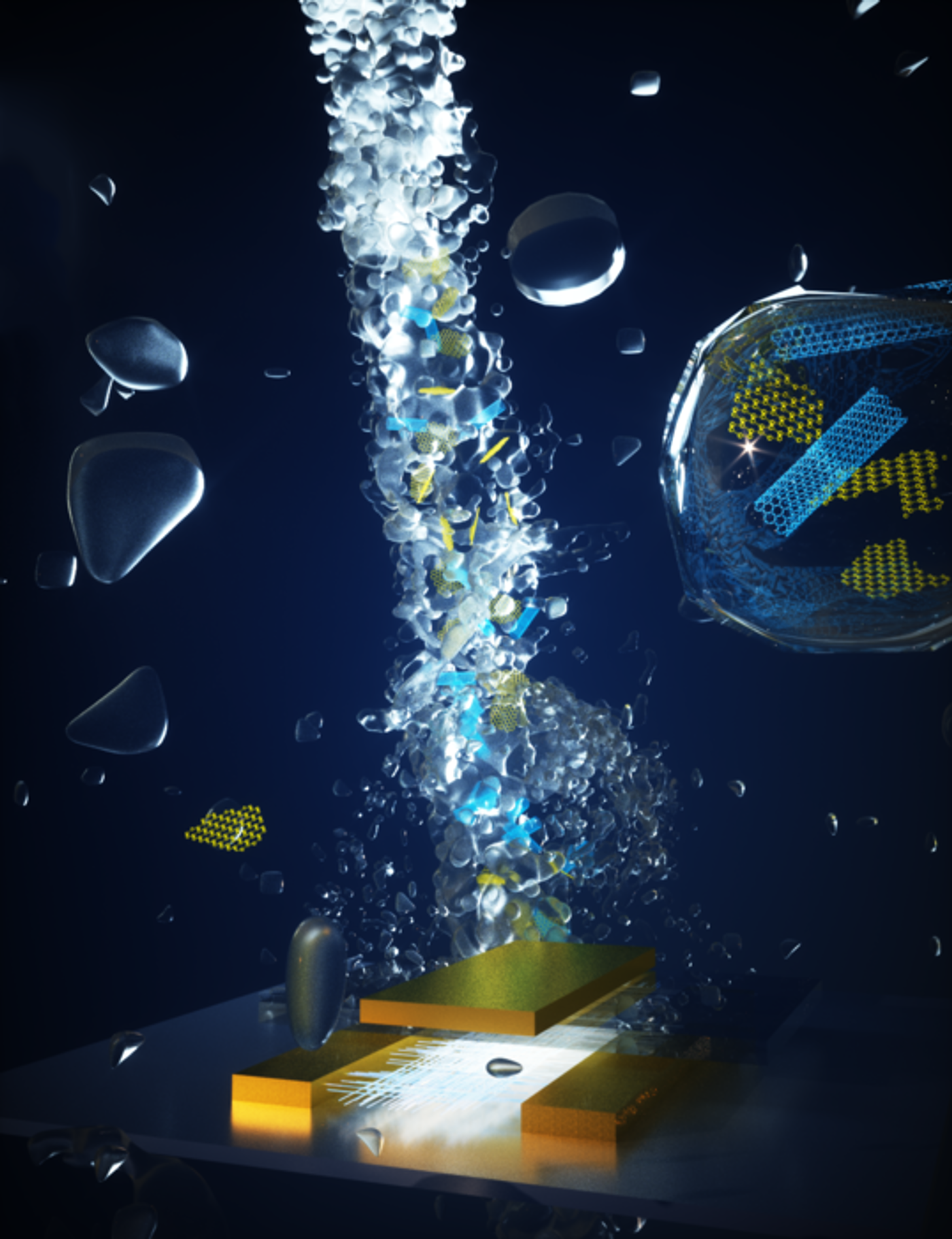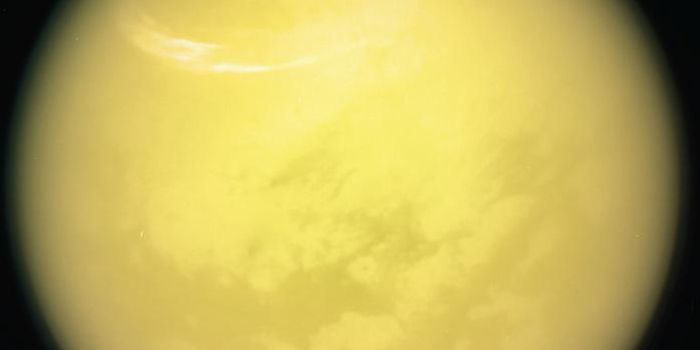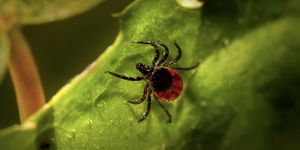New Recyclable Printed Electronics Use Water Instead of Chemicals
Can printed electronics be produced without the need of hazardous chemicals? This is what a team of researchers hope to find out as they developed printed electronics that are fully recyclable by using water in place of hazardous chemicals in their production. This study holds the potential to open industrial doors for a cleaner future in terms of human health risks and environmental impacts. Traditionally, printed electronics are produced by stacking component-bearing layers but getting them to stay together has proven to be quite frustrating.
“If you’re making a peanut butter and jelly sandwich, one layer on either slice of bread is easy,” said Dr. Aaron Franklin, who is an Addy Professor of Electrical and Computer Engineering at Duke University, and a co-author on the study. “But if you put the jelly down first and then try to spread peanut butter on top of it, forget it, the jelly won’t stay put and will intermix with the peanut butter. Putting layers on top of each other is not as easy as putting them down on their own — but that’s what you have to do if you want to build electronic devices with printing.”
Artist's rendition of the study's method that that replaces hazardous chemicals with water used for printers to create fully functioning, fully recyclable transistors. (Credit: Ella Maru Studios)
This study builds off previous work on recyclable printed electronics conducted by Dr. Franklin and his colleagues. For that work, the researchers used insulating nanocellulose, conductive graphene, and semiconducting carbon nanotubes, and it was the carbon nanotubes that gave the team the biggest obstacle in trying to replace chemicals with water.
While they were successful using a detergent-like surface-active agent, which prevented the carbon nanotubes from clumping together, they subsequently discovered the ink they created lacked the necessary layer of carbon nanotubes that provided the density to allow the travel of high current electrons across them.
“You want the carbon nanotubes to look like al dente spaghetti strewn down on a flat surface,” said Dr. Franklin. “But with a water-based ink, they look more like they’ve been taken one-by-one and tossed on a wall to check for doneness. If we were using chemicals, we could just print multiple passes again and again until there were enough nanotubes. But water doesn’t work that way. We could do it 100 times and there’d still be the same density as the first time.”
This obstacle occurred because of the surface-active agent being used to prevent clumping of the carbon nanotubes, but subsequently resulted in a lack of adherence of supplementary layers on top of the first layer. Traditionally, these surface-active agents are removed with either very high temperatures, which required large amounts of energy, or hazardous chemicals, which pose both human health risks and environmental impacts, but Dr. Franklin and his team aspired to avoid both methods.
For this study, the researchers developed a recurring process where the printed electronics are rinsed in water, followed by a drying phase using moderately low heat, then finishes with having the electronics printed on again. The key discovery was that reducing the supply of surface-active agents used in the inks produced fully recyclable, fully functional, fully water-based transistors.
“The performance of our thin-film transistors doesn’t match the best currently being manufactured, but they’re competitive enough to show the research community that we should all be doing more work to make these processes more environmentally friendly,” said Dr. Franklin.
Going forward, Dr. Franklin said the methods used in this study could be applied to everyday electronics like displays and screens that utilize think-film transistors similarly demonstrated in this study. Since the current production methods use enormous amounts of energy and hazardous chemicals, the U.S. Environmental Protection Agency has raised alarms about this practice, which can be found here.
What new discoveries into printed electronics will researchers make in the coming years and decades, and could these new methods be used to help both human health and the environment? Only time will tell, and this is why we science!
Sources: Nano Letters, Duke University, U.S. Environmental Protection Agency
As always, keep doing science & keep looking up!









